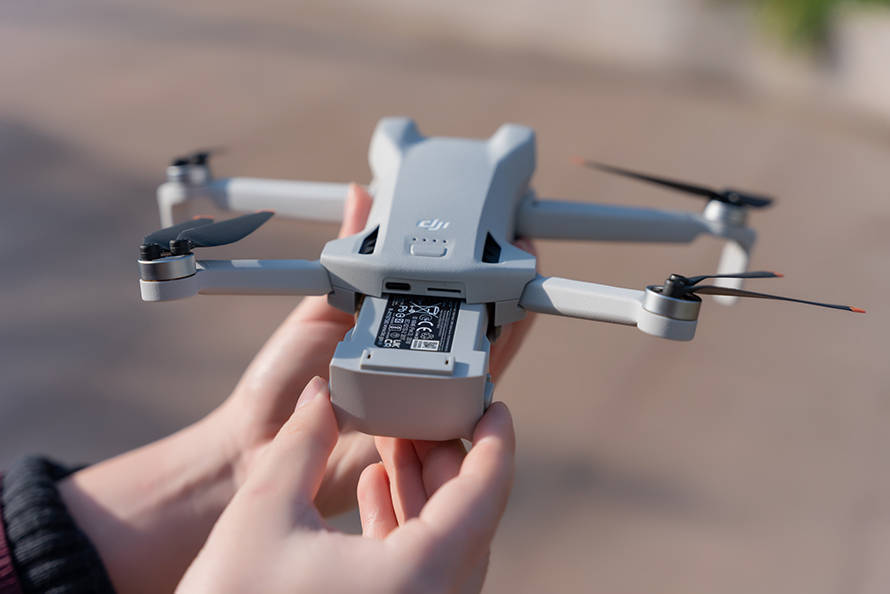Dive into the Sky: Exploring the Cutting-Edge Applications of Drone Maps
The world from above presents a different perspective, and drone maps are at the forefront of this transformative experience. Today, drones are not only an exciting recreational tool but have also carved out essential niches in various industries. Their capacity to generate detailed maps provides invaluable information and insights, from urban planning to agricultural optimization.

Drone maps have revolutionized the way we view landscapes. For urban planners, these maps offer a detailed and current view of development areas, enabling effective decision-making processes. Instead of relying solely on traditional aerial surveys, planners utilize drone maps for real-time updates, ensuring accuracy in designs and layouts.
Advancements in Environmental Studies
Environmental researchers also harness the power of drone maps to monitor ecosystems and track changes over time. Satellite imagery, though helpful, often lacks the granularity provided by drones. Equipped with high-resolution cameras and various sensors, drones can capture minute alterations in vegetation patterns or soil conditions, which are pivotal for ecological assessments.
Innovative Agricultural Practices
In the realm of agriculture, drone maps are utilized to enhance crop yield and manage lands more effectively. Farmers can identify which parts of a field require more water or pesticides, streamlining their resources efficiently. By assessing plant health and soil moisture levels, drones help in maximizing agricultural productivity while minimizing environmental impact.
Safety and Security Enhancements
From a security perspective, drone maps play a crucial role in assessing terrains for defense strategies or disaster management. When urgency is paramount, drones can quickly deliver comprehensive visual data, assisting in immediate strategic planning and deployment.
Real-time drone mapping has become a cornerstone in modern urban development studies, offering up-to-date information crucial for efficient planning.
Recreational Explorations
Beyond professional uses, drone maps have opened new doors for amateur photographers and explorers. By charting paths through unexplored areas, drones invite individuals to discover natural wonders from unique angles, fostering a deeper connection with the environment.
- Drone maps provide geographic insight unavailable to most citizens.
- They enhance safety protocols through detailed analysis.
- Support disaster management with precise, on-the-ground data.
Commercial Expansion and Real Estate
Real estate developers and commercial sectors see an increase in property values through drone-assisted surveys. The appealing visuals captured aid marketing strategies, providing potential buyers with a virtual tour from an aerial perspective.

Ultimately, drone maps signify a progressive step in technology’s role in contemporary life. The integration of drones into mapping systems not only facilitates efficiency and accuracy but also propels us towards innovative exploration and problem-solving methodologies.
FAQs
How accurate are drone maps compared to satellite imagery?
Drone maps often provide higher accuracy due to their low-altitude flights and advanced sensors, capturing detailed images not possible for satellites.
Can drone maps be used for personal navigation?
While primarily used for professional purposes, recreational drone maps can certainly assist enthusiasts in discovering new locations.
What industries benefit most from drone maps?
Urban planning, agriculture, environmental studies, and real estate industries significantly benefit from the precision and adaptability offered by drone maps.

In conclusion, drone maps not only transform the way we perceive and interact with geographical spaces but also pioneer futuristic applications across various fields. As technology evolves, so too will the capabilities of drones, unlocking even more potential uses.
